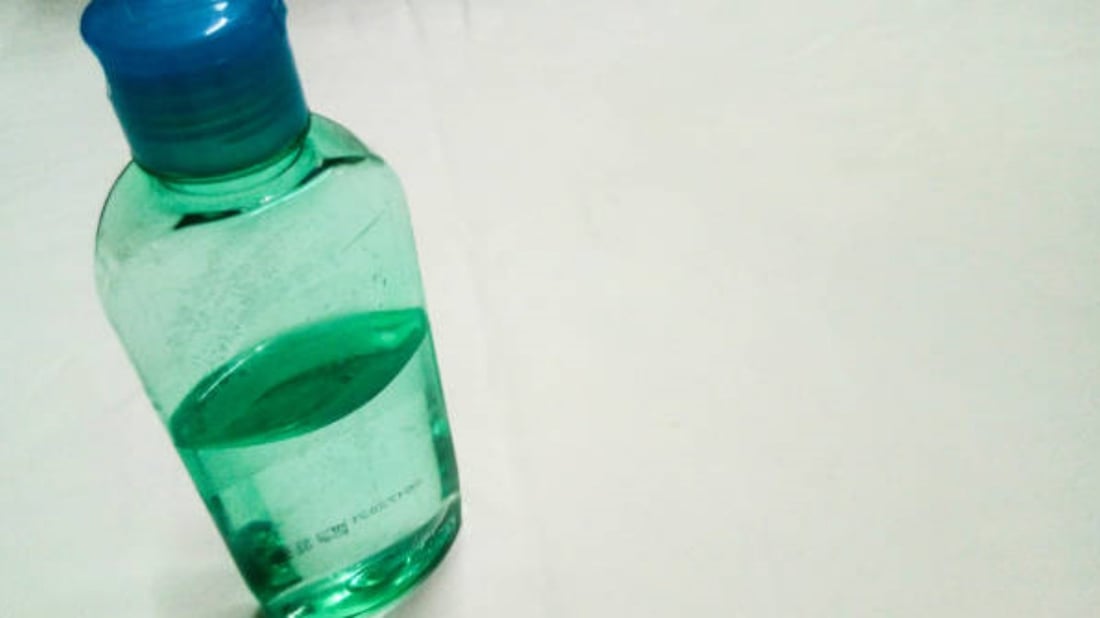The Power of efinaconazole solution in Treating Nail Fungus
Efinaconazole solution is a topical antifungal medication that has gained tremendous popularity in the treatment of nail fungus. This article explores the different aspects of efinaconazole solution, including its effectiveness, application, and potential side effects.

Understanding Nail Fungus: Causes and Symptoms
Before delving into the benefits of efinaconazole solution, it is crucial to understand the underlying causes and symptoms of nail fungus. Nail fungus, also known as onychomycosis, is a common condition caused by dermatophytes, yeasts, or molds. It typically affects the toenails, but can also affect fingernails.

How Does Efinaconazole Solution Work?
Efinaconazole solution is an antifungal medication that specifically targets the underlying fungal infection causing the nail fungus. It works by inhibiting the synthesis of ergosterol, a vital component of the fungal cell membrane. This disruption weakens the fungal cells, leading to their eventual death.

Application and Usage of Efinaconazole Solution
Efinaconazole solution is applied topically to the affected nails once daily. The affected nail should be clean and dry before application. Using the provided applicator, a thin layer of the solution is applied to the entire surface of the nail, including the surrounding skin. The solution should be allowed to dry for a few minutes before covering with socks or shoes.

Effectiveness of Efinaconazole Solution
Studies have shown that efinaconazole solution is highly effective in treating nail fungus. In clinical trials, a significant number of participants experienced improvement in the appearance of their nails after using efinaconazole solution for 48 weeks. The solution has been found to penetrate the nail plate and reach the site of infection, resulting in a higher success rate compared to other topical antifungal treatments.

Potential Side Effects of Efinaconazole Solution
Like any medication, efinaconazole solution may cause side effects in some individuals. The most commonly reported side effects include erythema (redness), itching, and stinging at the application site. These side effects are usually mild and temporary. However, if you experience severe or persistent side effects, it is important to consult your healthcare provider.
Precautions and Contraindications
Prior to using efinaconazole solution, it is essential to inform your healthcare provider about any existing medical conditions or allergies you may have. Additionally, it is important to disclose any medications, both prescription and over-the-counter, that you are currently taking. Efinaconazole solution is not recommended for use in pregnant or breastfeeding women, as its safety in these populations has not been established.
Combining Efinaconazole Solution with Other Treatments
While efinaconazole solution can be highly effective as a standalone treatment for nail fungus, some individuals may benefit from combining it with other treatment modalities. Your healthcare provider may recommend additional therapies such as oral antifungal medications or laser therapy to enhance the effectiveness of the treatment.
Preventing Nail Fungus: Tips for Good Foot and Nail Hygiene
Prevention is always better than cure. To reduce the risk of developing nail fungus, it is important to practice good foot and nail hygiene. This includes keeping your feet clean and dry, wearing breathable shoes and socks, and regularly trimming your nails. Avoid sharing personal items such as nail clippers or shoes with others, as this can increase the risk of fungal transmission.

Consulting a Healthcare Professional
If you suspect you have nail fungus or have tried over-the-counter treatments without success, it is advisable to consult a healthcare professional. They can accurately diagnose the condition and recommend the most appropriate treatment, which may include the use of efinaconazole solution.

